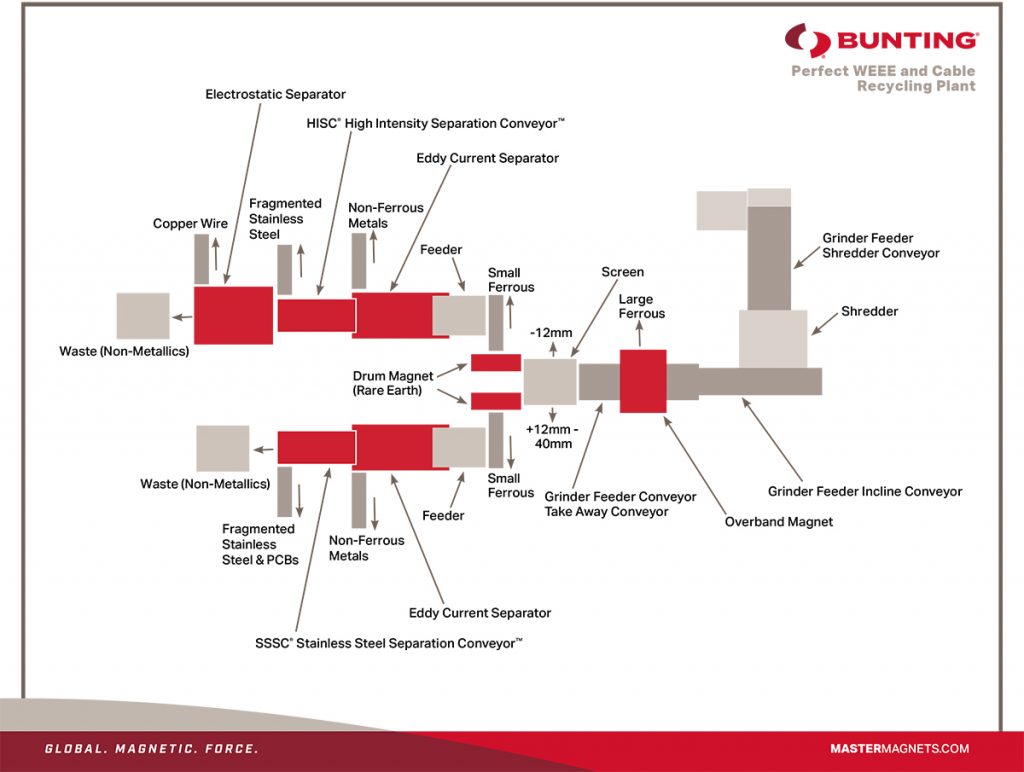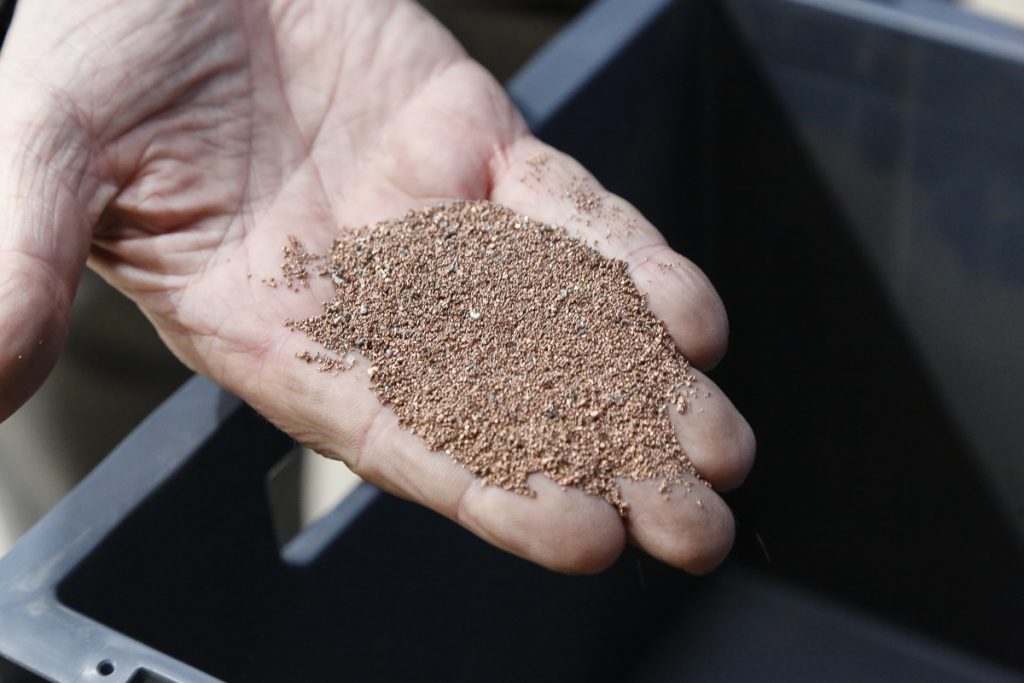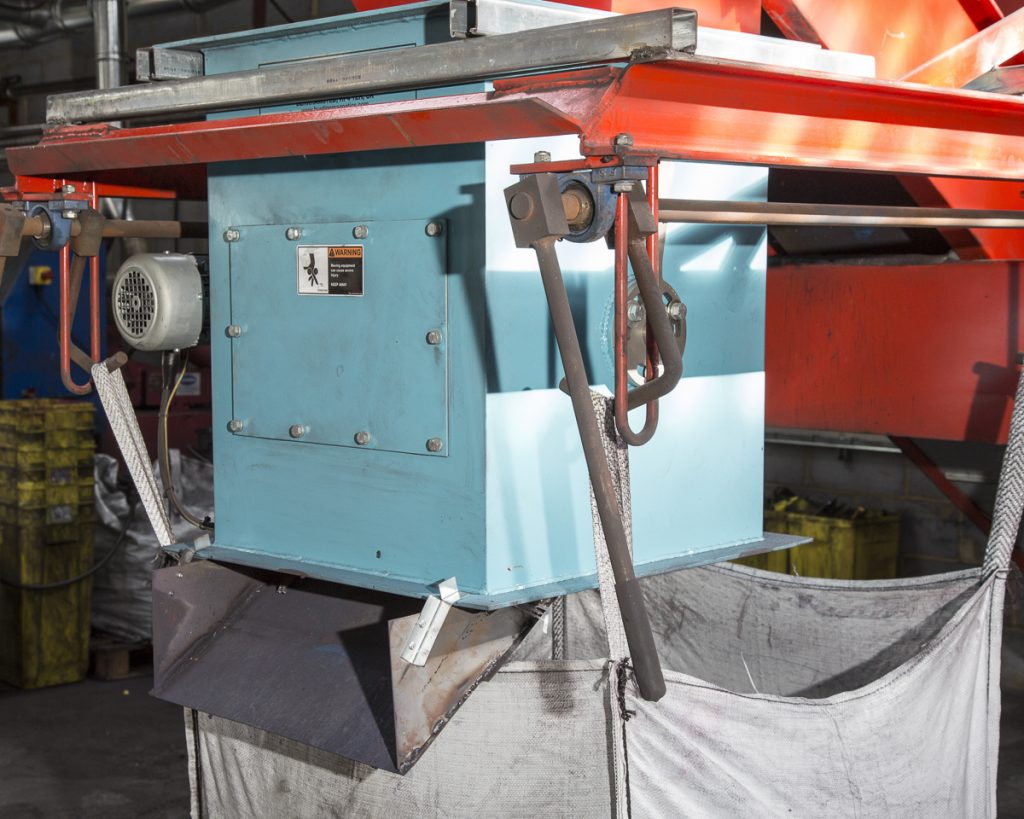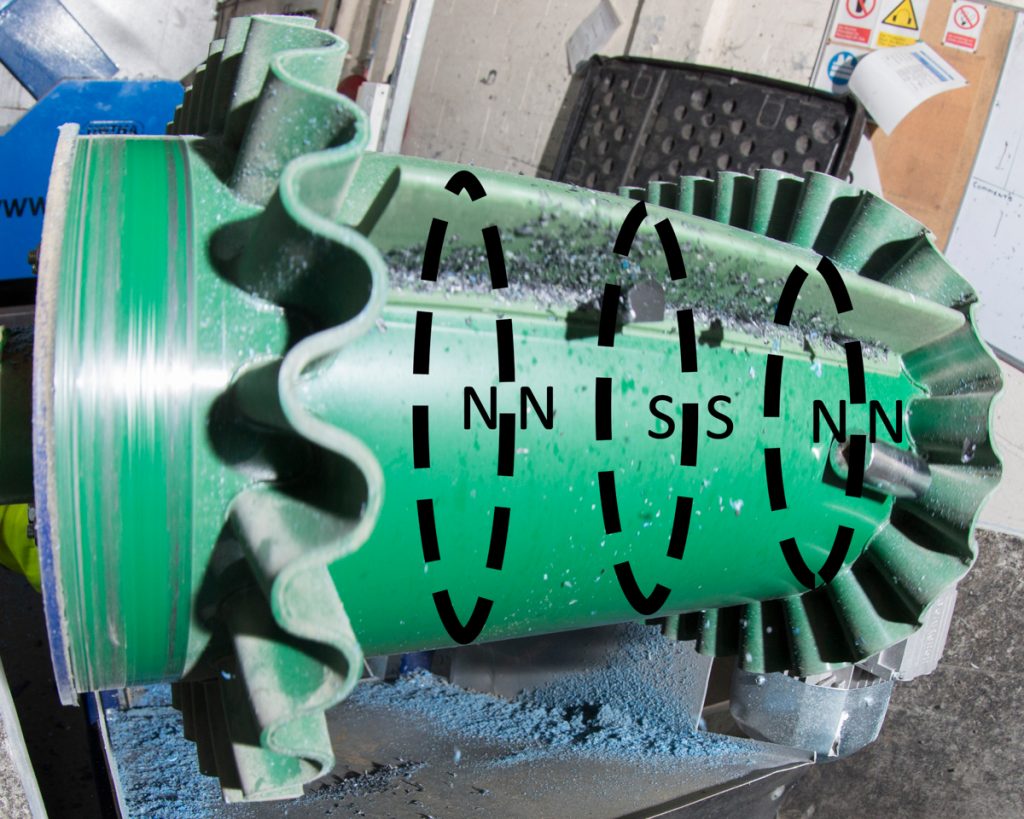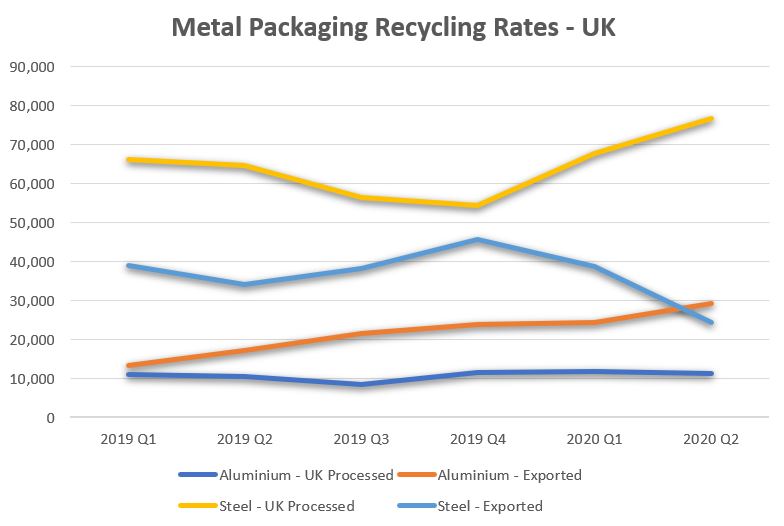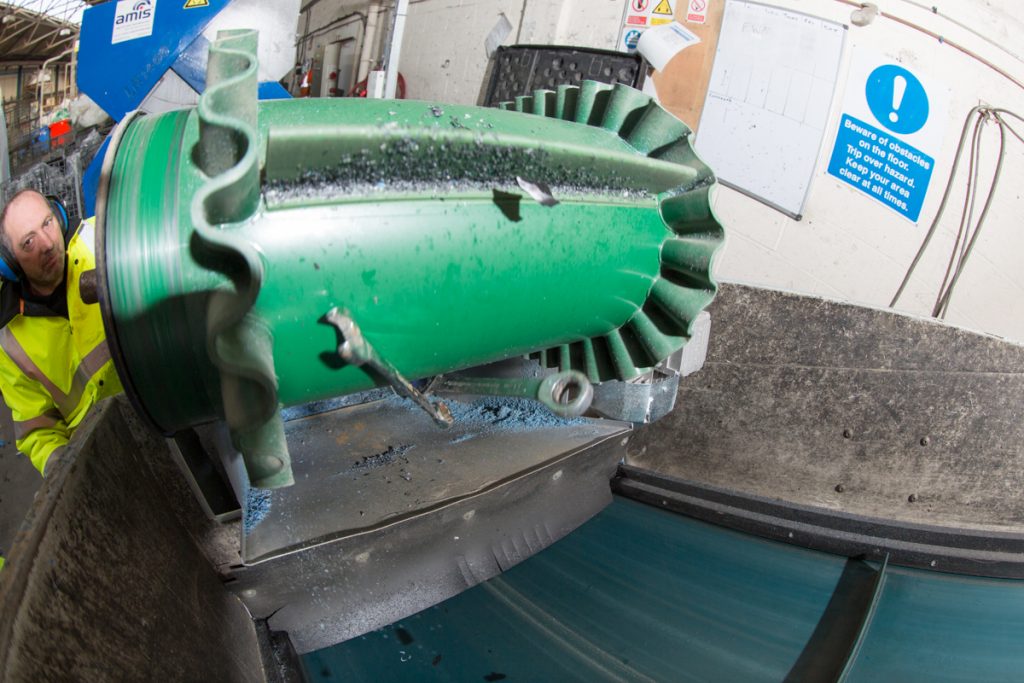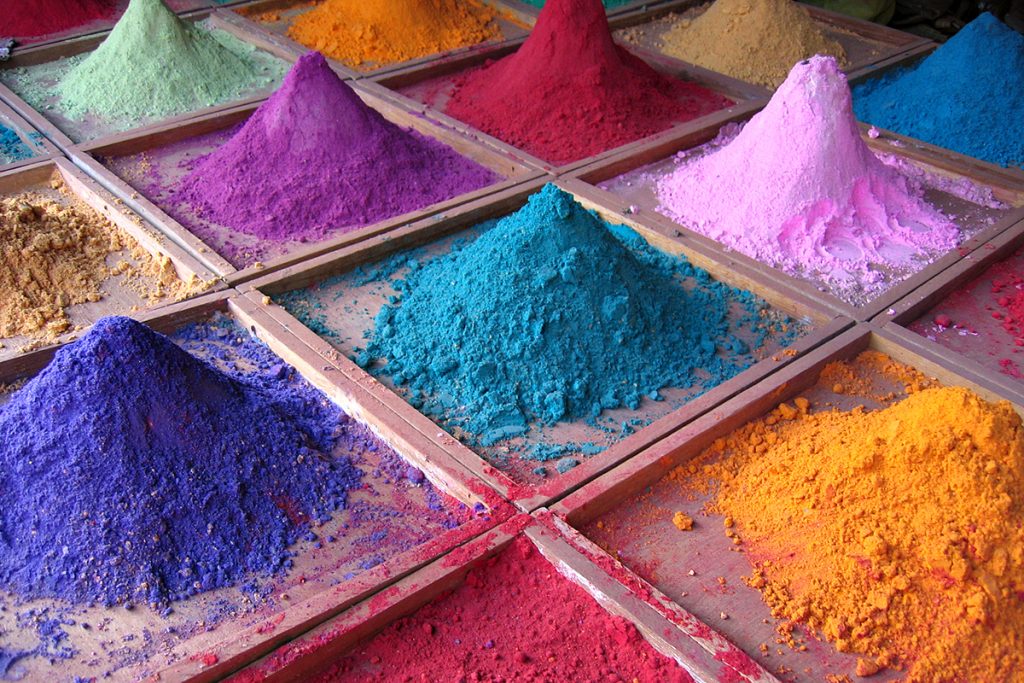Drum Magnet
Metal Recovery from WEEE and Cable
There is a wealth of valuable metals present in WEEE (Waste of Electrical and Electronic Equipment) and cables. However, the recovery is often difficult due to the small particle size range and variable nature of the metals. With the development and launch of the ElectroStatic Separator [in 2020], Bunting now provides a complete multi-stage metal…
Read MoreKeeping Ceramic Tiles Iron Free
When fine iron and iron-bearing minerals contaminate the raw material used to produce ceramic tiles, the consequences are costly. Such iron contamination causes visual and structural defects as well as affecting the surface finish in terms of brightness and whiteness. Tiles failing final quality checks are commonly returned for recycling. Those passing the initial quality…
Read MoreElectrostatically Recovering Copper Wire
A combination of an ElectroStatic Separator and a Metal Separation Module is enabling the recovery of fine copper and other metals from a waste product at a UK metal recycling company. ElectroStatic Separation The Bunting ElectroStatic Separator, launched in 2020, significantly enhances the ability of companies to recover fine metals such as copper wire. In…
Read MoreSeparating Ferrous Metals When Recycling Printer Cartridges
A high-strength Rare Earth Drum Magnet separates the ferrous metal constituent of shredded secondary laser and toner cartridges at BCMY’s UK cartridge recycling operation. The efficient removal of ferrous metal protects downstream shredders, whilst also maximising the purity of the end recycled product. BCMY Ltd, based in Lancing in West Sussex, is one of the…
Read MoreWhat is an Axial and Radial Magnetic Field?
Rotary Magnetic Separators, such as the Drum Magnet and Pulley Magnet, are designed with a specific type of magnetic field. The type of magnetic field is considered when looking at any application and when deciding which design will achieve a customer’s separation objective. For these rotary designs of magnetic separator, there are two types of magnetic…
Read MoreRising UK Metal Packaging Recycling Tonnage
The latest data from the UK Environment Agency’s National Packaging Waste Database for quarter 2 2020 shows a 9.7% rise on quarter 1 2019 in the tonnage of recycled and recovered Used Beverage Cans (UBCs) and metal packaging. However, whereas the recycled tonnage of aluminium packaging has steadily increased over the period, there has been…
Read MoreKeeping Ceramic Tableware Iron Blemish Free
Fine iron and iron-bearing minerals cause visual and structural defects in ceramic tableware. Such contamination appears as small dark spots on the surface or is hidden within the body and causes premature cracking of the ceramic. The cup, saucer or plate is then either rejected or reworked. Iron contamination The problem of iron contamination is…
Read More3 Metal Parts Contaminating Plastic Waste
Recycling plastic waste is challenging at the best of times. However, when contaminated with ferrous metals, recycling is hindered by equipment damage, production downtime and poor end product quality. Thankfully, installing the optimum magnetic separator ensures that such ferrous metal contamination is removed. In this article we look at three examples of ferrous metal contamination…
Read MoreSeparating Fine Iron from Powders
Effectively separating fine iron from dry powders is often challenging. Even the strongest magnetic separator may fail to successfully remove the magnetic particles. In order to find a successful solution, it is important to understand the way fine materials behave. Only then is it possible to determine the optimum method to cleanse a powder of…
Read MoreA Great Recycling History
There has never been a greater focus on recycling and reusing waste materials. Many experts claim that our waste problem is related to the modern ‘throw-away’ society. Convenience, aligned to our busy lifestyle, has driven up the need for quicker and easily-accessible goods. However, we have an incredible recycling history. Much can be learnt from…
Read More